TL;DR
Yes—staged homes typically sell faster and for more money. Recent industry reports note that roughly half of sellers’ agents see reduced days on market, and about 1% to 10% higher offers are common when homes are staged. If you’re asking do staged homes sell faster and for how much more, the data and real-world results point to measurable gains in both speed and price.
Do staged homes really sell faster?
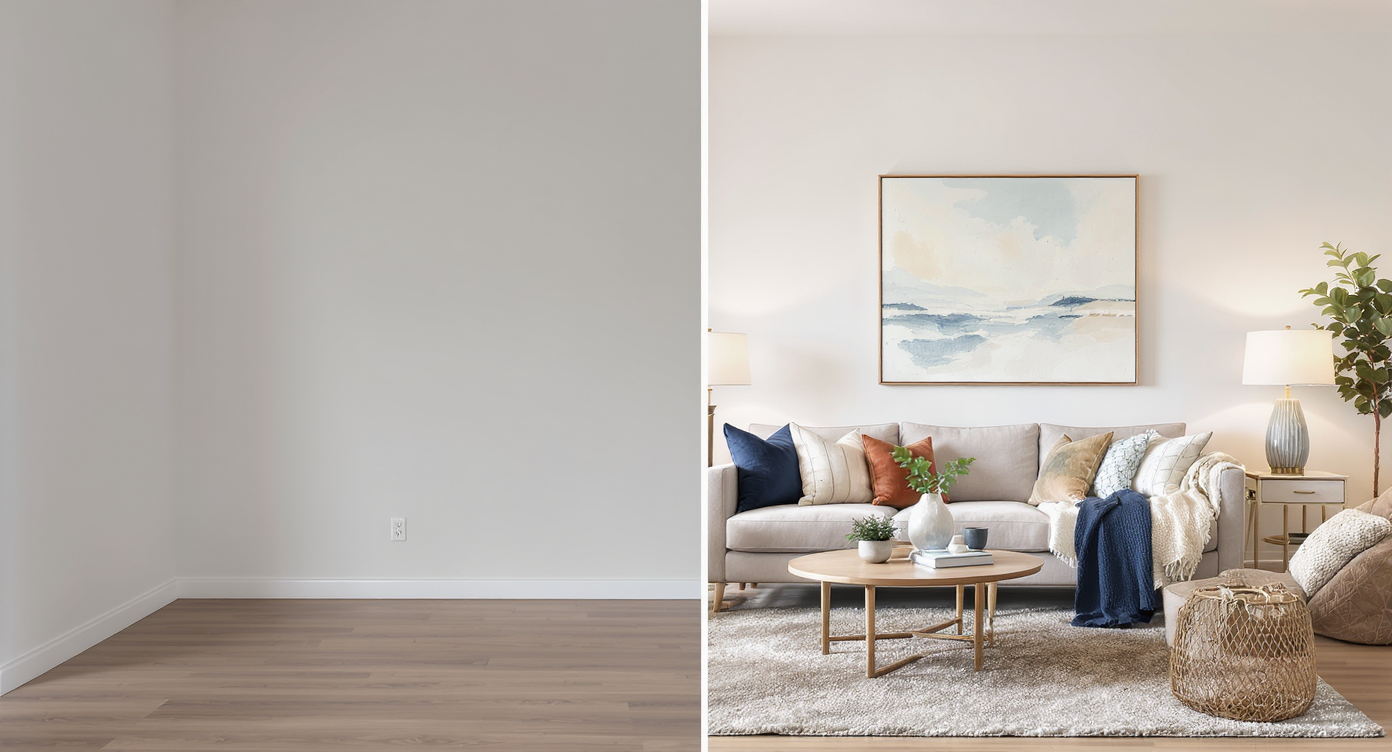
Comparing vacant and virtually staged rooms highlights how staging transforms spaces to attract buyers effectively.
SEO intro: Home staging cuts days on market and boosts offers—learn the data, the rooms to stage, and pro tips that sell faster.
Fact vs. Fiction: Do Staged Homes Sell Faster?
Do staged homes really sell faster?
Staged homes do sell faster. In recent reports from major real estate groups, nearly half of sellers’ agents observed reduced time on market after staging, and about 29% saw offers 1% to 10% higher. For anyone searching home staging, staged homes, or do staged homes sell faster, the short answer is yes—and the effect shows up both online and at the closing table.
Here’s the thing: buyers make decisions in seconds. In a listing feed, polished staging, clear furniture placement, and a coherent color story help a home rise to the top. Staging sharpens the narrative—move-in ready, light, functional—and that clarity brings more showings and stronger bids.
I’ve seen this in small condos and sprawling family homes alike. The constants are simple: great photos, decluttered rooms, and a layout that telegraphs how to live there. Let’s break down how to use home staging and virtual staging to reduce days on market and lift sale price.
How home staging actually reduces days on market
How home staging actually reduces days on market
When homes are staged, 30% of listing agents report slight time savings and about 19% see a significant reduction—proof that staging meaningfully trims days on market.
Start with the high-impact rooms. For buyers, the living room matters most at 37%, followed by the primary bedroom at 34% and the kitchen at 23%. Prioritize these three, then address the dining room. If budget is tight, focus here and keep the rest clean and functional.
What to do in each priority room
- Living room staging – Float the sofa if possible and keep 36-inch walkways. Use an 8x10 rug for small rooms, 9x12 for larger spaces so furniture legs sit on the rug.
- Primary bedroom – A queen bed with two 24–26 inch pillows reads calm and spacious. Hang art so the center is about 57 inches off the floor.
- Kitchen – Clear 80% of counters. Style only three zones: a cutting board vignette, a bowl of fruit, and a small herb or kettle by the range.
- Dining room – A round table softens tight spaces. Set for two or four—never six—so it feels generous, not crowded.
Budget and timeline rules of thumb
- Budget – Many pros advise investing 0.5% to 1% of list price in staging for occupied homes. Recent surveys put median professional staging around $1,500, while agent-led DIY averages near $500.
- Lighting – Use warm bulbs at 2700–3000K and aim for three light sources per room. Open window treatments fully—top to bottom—to maximize natural light.
- Storage – Remove about 50% to 70% of items from closets and vanities. Empty space reads as square footage.
User insight: agents often say the first 15 listing photos drive most clicks. Stage where the camera points—entry, living, kitchen, primary—and you’ll feel the difference in showing requests within days.
Where virtual staging fits
Virtual staging accelerates marketing—edited images can be ready within 24–48 hours, letting you launch while physical prep continues. It’s ideal for vacant homes or tenant-occupied listings. Always disclose virtually altered photos and include at least one true, empty-room image for transparency.
Anecdote
One seller swore the dining room had to seat eight. We styled for four with a round table and the space finally breathed—offers followed.
Common staging mistakes—and how to avoid them
Common staging mistakes—and how to avoid them
Most staging mistakes come from crowding rooms, dim lighting, and forgetting the camera’s viewpoint. Fixes are simple and fast.
- Overfurnishing – Big, bulky sectionals shrink rooms. Use fewer, slimmer pieces and maintain 36-inch circulation paths.
- Dark or mixed lighting – Clashing color temperatures read dingy in photos. Replace bulbs so all fixtures match 2700–3000K and add two lamps per living space.
- Personalization overload – Family galleries and hobby gear break the buyer’s vision. Limit decor to neutral art and greenery; remove niche items.
- Ignoring curb appeal – Buyers form opinions in 8 seconds. Freshen mulch, add two planters, and paint or clean the front door.
- Skipping disclosure on virtual staging – Always label virtually staged images and avoid editing permanent features. Transparency builds trust and prevents disappointment at showings.
Pro tips that make staging pay off
Pro tips that make staging pay off
Designers often advise starting with sightlines—what buyers see first from the entry and in the thumbnail photo—because that moment sets the value story.
- Edit for the lens – Stand where the photographer will and remove anything that clutters corners. The wide angle exaggerates mess.
- Use the rule of three – Style surfaces in odd-number groupings at varying heights: lamp, stacked books, small plant.
- Color cohesion – Choose one neutral plus one accent color repeated three times per room. Consistency calms the eye and photographs beautifully.
- Scale smart – Art should be two-thirds the width of the furniture below it. A too-small piece makes the wall feel larger and emptier.
- Pre-inspect the listing photos – Do a quick smartphone shoot after staging. If it reads sparse or cramped, adjust before the pro arrives. Reflection: the camera is the toughest critic—and your best coach.
Suggested alt text and captions for listing images
- Alt: Bright staged living room with neutral sofa and 8x10 rug highlighting natural light.
- Caption: Staged living room shows 36-inch walkways and a cohesive neutral palette.
- Alt: Minimal, staged primary bedroom with queen bed and warm 2700K lighting.
- Caption: Editing focused on buyer sightlines from the entry.
Real stories from the field
Real stories from the field
Anecdotes reveal how small tweaks create outsized results across price points and property types.
- The empty condo that felt cold – A downtown one-bed sat for 28 days vacant. Virtual staging added a sofa, 8x10 rug, and a small dining bistro; the relisted photos doubled saves and it went under contract in five days.
- Family home with too much furniture – Sellers kept a giant sectional against two walls. We floated a smaller sofa and two chairs, cleared toys into one lidded ottoman, and added matching lamps. Showings increased immediately and the accepted offer came 2% above list.
- Luxury listing with a view – The sofa faced a TV, not the skyline. Rotating the layout to face the windows, plus a pale rug, reframed the narrative—resulting in a full-price offer from the first weekend crowd.
- DIY on a budget – A starter ranch had dark bulbs and busy art. Swapping in matching 3000K bulbs, larger neutral art, and simple bedding cost under $250. Days on market dropped from the neighborhood average of 21 to 9.
Visualization Scenario
Picture your listing thumbnail: sunlight on a pale rug, sofa angled toward the windows, a simple mantle vignette. The kitchen shows clear counters and one bright bowl of lemons. The primary glows in matching lamps and crisp bedding. Now imagine the inbox—showing requests lining up before the weekend.
FAQ
FAQ
Do staged homes sell faster than non-staged homes?
Yes. Many sellers’ agents report reduced days on market for staged homes, with roughly 30% seeing slight reductions and about 19% seeing significant cuts.
Which rooms should I stage to sell my house fast?
Stage the living room, primary bedroom, and kitchen first. These rooms influence most buyers and drive the strongest listing photos and showings.
How much does home staging cost and what’s the ROI?
Professional staging often centers around $1,500, while DIY or agent-led efforts average near $500. Offers commonly rise 1%–10% when staging is done well.
Is virtual staging worth it for a vacant home?
Yes—virtual staging delivers ready-to-list images in 24–48 hours, boosts online engagement, and helps buyers visualize scale. Always disclose virtual edits.
Should I stage if I’m still living in the home?
Yes. Declutter by 50%–70%, use warm 2700–3000K lighting, and arrange clear 36-inch pathways. Occupied homes can photograph beautifully with a light edit.
Bottom line
Bottom line
Staged homes sell faster because they’re easier to understand at a glance and easier to imagine living in. Recent surveys show roughly half of sellers’ agents report shorter timelines and about 1%–10% higher offers after staging—especially when the living room, primary, and kitchen are prioritized. If budget is tight, stage for the lens, keep lighting warm and consistent, and use virtual staging to launch quickly. When you need fast concepts or multiple looks, try generating layouts with ReimagineHome to test what will photograph best and convert online buyers.
.svg)

.svg)
.jpg)
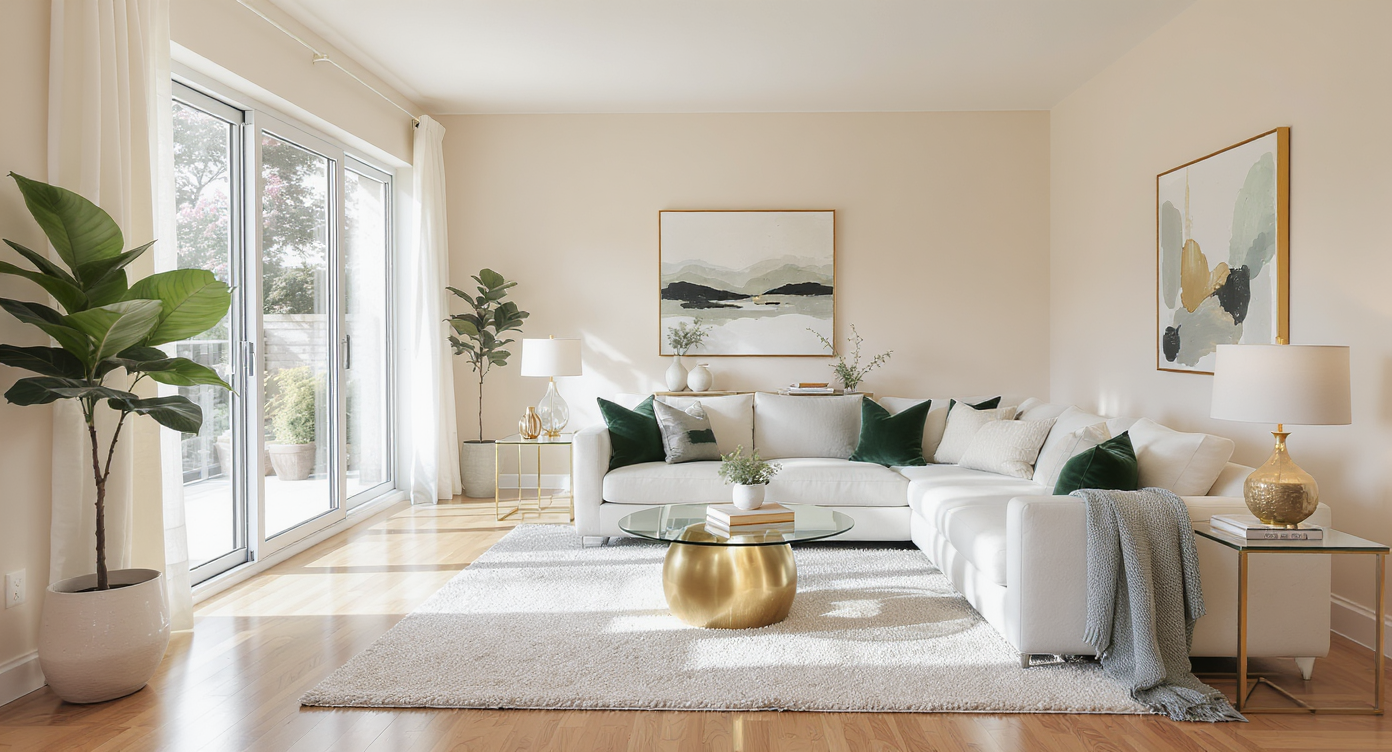


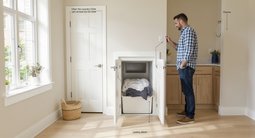

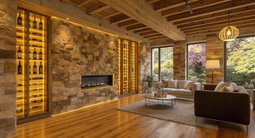
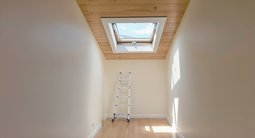
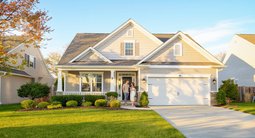
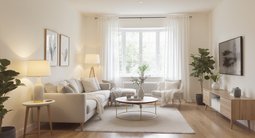
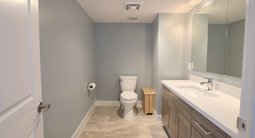



.png)